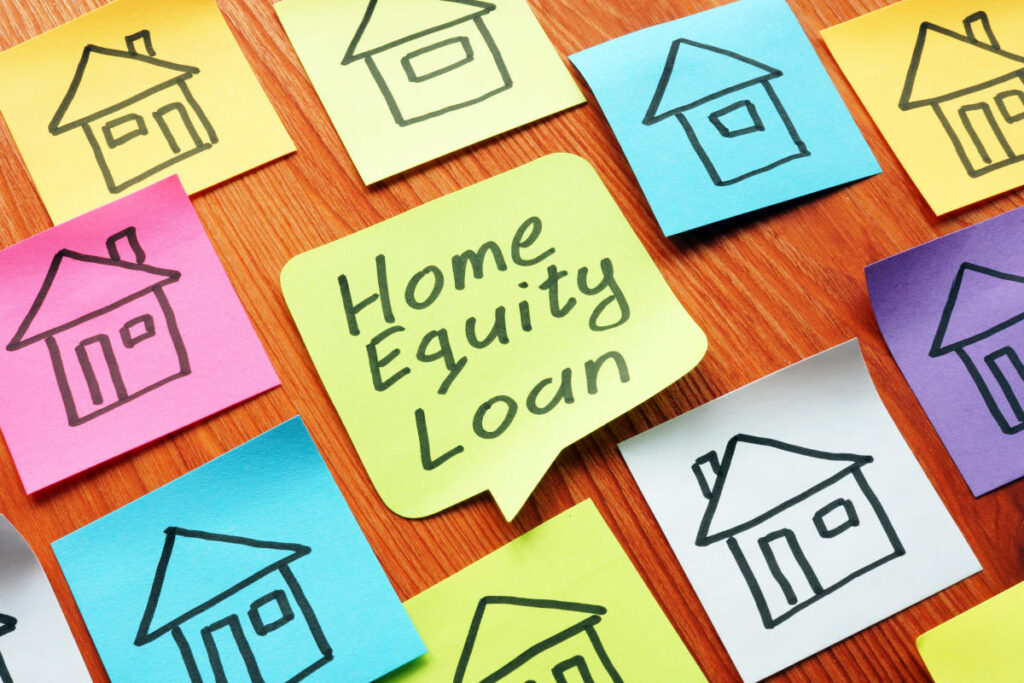Understanding home equity is essential for homeowners looking to leverage the value of their property, especially in the context of rising mortgage rates that have discouraged many from selling or refinancing. Home equity accumulates through paying down the mortgage and appreciation in real estate value, becoming accessible primarily through selling the home or borrowing against it. For individuals seeking immediate access to funds, home equity lines of credit (HELOCs) and home equity loans (HELs) offer tailored options. Choosing between these products hinges on comprehending their workings, your intended use for the funds, and your preferred repayment method.
Before you can determine how much you can borrow against your home equity, it’s vital to calculate the available equity. A lender typically assesses a specific percentage of the difference between the property’s appraised value and the outstanding mortgage balance. Most lenders are willing to loan between 80% to 85% of this equity. For instance, if you own a $300,000 home with a $150,000 mortgage, the loan-to-value (LTV) ratio would be 50%. If you subtract the lender’s upper limit of 85% from this ratio, you may access up to 35% of your property’s value, equating to approximately $105,000 in this scenario. Understanding this calculation is crucial to knowing your borrowing potential.
HELOCs function like a revolving credit account, granting you the flexibility to withdraw funds as needed, rather akin to a credit card. Notably, since these lines of credit are secured by your home, they typically come with lower interest rates than unsecured borrowing options. Additionally, if the funds are used to “buy, build, or substantially improve” your residence, the interest paid may be tax-deductible, offering a financial edge. The structure of a HELOC includes a draw period—generally 10 years—where you can make withdrawals and potentially pay only interest, followed by a repayment phase lasting around 20 years. However, interest rates on HELOCs are often variable, and thus payments can fluctuate depending on market conditions.
On the other hand, a home equity loan provides access to the home equity in a lump sum at a fixed interest rate. This makes it distinct from a HELOC, as it does not offer the flexibility of borrowing against an ongoing credit line. Instead, it suits larger, immediate expenses such as significant home renovations or consolidating debts. With a specific amount determined upfront, borrowers can anticipate their repayments, which typically begin shortly after receipt of funds. While there is the potential for tax deductibility on the interest, it is essential to remember that both products use the home as collateral, introducing risk if repayments cannot be met.
When looking into HELOCs and HELs, prospective borrowers must be aware of the requirements enforced by lenders. These usually include maintaining a good credit score (typically a FICO score of 680 or above), proving sufficient monthly income, and having a significant amount of equity in the home (15%-20%). Furthermore, borrowers should anticipate various costs associated with these products, such as closing costs and origination fees, which can vary by lender. As the options are extensive, it is advisable for borrowers to compare terms and fees from multiple institutions to find the most favorable offer.
Another method for accessing your home’s equity is through cash-out refinancing. This option typically requires more than 20% equity but can be advantageous if current interest rates are close to or lower than your existing mortgage rates. Unlike HELOCs and HELs, a cash-out refinance combines your existing mortgage with the new amount borrowed into a single payment, which simplifies management. While this streamlines payments, it also can lead to higher overall costs, particularly with interest rates, which may exceed those of other equity borrowing methods. Therefore, weighing the options based on repayment terms and closing costs is essential for informed decision-making.
In summary, both home equity loans and HELOCs present unique opportunities for homeowners to leverage their property value, with each product serving different financial needs. HELOCs offer flexibility and adaptability with available funds, making them suitable for changing cash flow requirements. In contrast, home equity loans provide a one-time solution for substantial expenditures with fixed repayment terms. Understanding the distinct characteristics and eligibility criteria for these products, alongside considerations like closing costs and how equity is calculated, empowers homeowners to make informed financial choices that align with their circumstances. Additionally, exploring cash-out refinancing can provide another avenue for accessing equity, highlighting the importance of thorough research and comparison in selecting the best option based on one’s financial goals.

